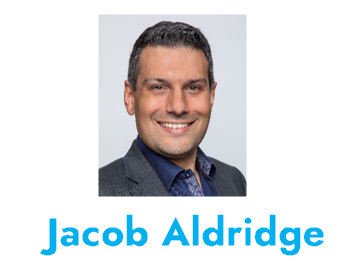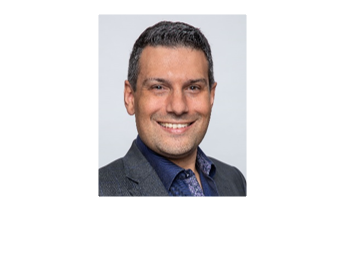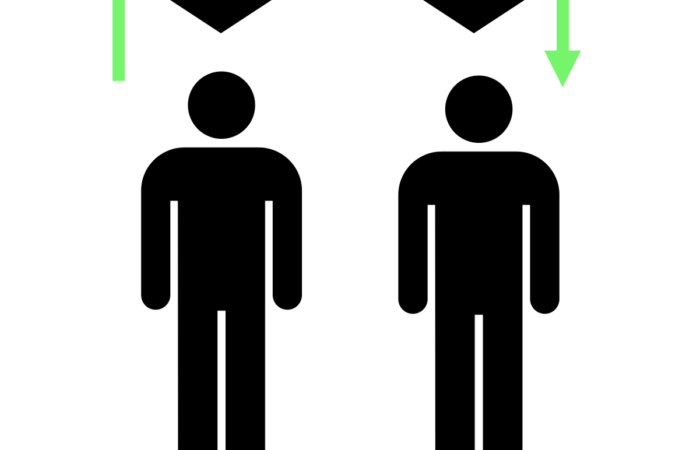The Sales Hourglass Part 2. In Blackboard Fridays Episode 11, Jacob talks about Sales and Customer Journey. Need this implemented into your business? Talk to the international business advisor who can do exactly that – Contact Jacob, Learn More, or Subscribe for Updates.
Who is Jacob Aldridge, Business Coach?
“The smart and quirky advisor who gets sh!t done in business.”
Since April 2006, I’ve been an international business advisor providing bespoke solutions for privately-owned businesses with 12-96 employees.
At this stage you have proven your business model, but you’re struggling to turn aspirations into day-to-day reality. You are still responsible for all 28 areas of your business, but you don’t have the time or budget to hire 28 different experts.
You need 1 person you can trust who can show you how everything in your business is connected, and which areas to prioritise first.
That’s me.
Learn more here. Or Let’s chat.
Transcript
Hi! Jacob here talking more about sales, a critical topic for many business owners.
In our last video, we went through the different levels of the Sales Hourglass:
- How to move Contacts down to become Clients,
- and then how to leverage your Clients to create more revenue from them, their Communities, and Networks.
That can seem like a whole lot of work, particularly if you’re a small business. So today, we’re talking about the three key measurements that you need to know to get started on sales. All these others will help make your life easier, but if you just focus on these three, you can have some amazing wins.
3 Key Sales Measurements
Number one is understanding the number of contacts that you have coming into the top of your hourglass each month.
Now depending on your business model, that might be thousands of people who are signing up for your newsletter or it might be two or three people who are having a coffee with you to talk about your consultancy.
The actual volume is less important than understanding what that number is for you.
From there, you want to measure the conversion rate from those contacts to people who are engaged. “Engaged” means the people who have actively asked you to give them a proposal about how you can help them – having raving fans is nice, but if you’re pushing your proposals onto people (instead of creating the space for them to initiate that engagement) then you are wasting a lot of your valuable time and energy.
This conversion rate might be 9 or 10 out of 10 contacts that come in and want a proposal from you … or maybe it’s 1 out of 10. Again, at this stage, we’re not looking for good or bad, we just want to know what your figures are.
The third is then the conversion rate from that engaged prospect into people who buy and who become a client or customer of your business.
Applying these 3 Numbers
You can keep track of these three numbers:
- Volume of new Contacts per month
- The Conversion Rate percentage from Contact to Engaged
- The Conversion Rate percentage from Engaged to Client
And then you can then start to identify where the key opportunities are to improve those numbers.
For example, if for every 10 contacts you meet you find 9 of them get engaged (want a proposal) but only 1 of them becomes a client, you know you need to focus more on your sales skills. You’re sitting in front of somebody, how do you convert them?
Conversely, if you’ve got 10 contacts who come in, only 1 asks for a proposal but 100% of the people who get a proposal buy from you … then your sales skills are probably great but obviously somewhere your brand promise is not engaging with those people who come on board.
Ultimately, if the number of clients that you’re developing is not sufficient for your business to grow, then you need to work out:
- How do I get more people into the top of my Hourglass
- How do I engage with them faster, and
- How do I make sure that people who are engaged buy what it is that I’m selling.
Focusing on those three numbers can make a real difference to the revenue top line … and most importantly the bottom line for you and your team.
Next Steps
Want to learn more about how this can apply to your business? It costs nothing to chat:
- Email me jacob@jacobaldridge.com (I read them all)
- Call, Text, or WhatsApp me +61 427 151 181
- Or just Subscribe https://jacobaldridge.com/about/subscribe-to-jacob-aldridge-com/ to stay in touch





[…] win 1 out of every 3 engaged prospects they present to (and as we discussed in Blackboard Fridays Episode 11, on average it takes 3 leads to create each one of those engaged […]
[…] would be expected to win 1 out of every 3 engaged prospects they present to (and as we discussed in Blackboard Fridays Episode 11, on average it takes 3 leads to create each one of those engaged […]